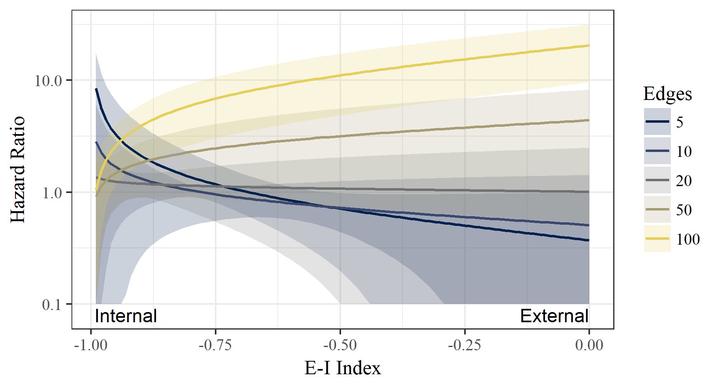One gang dies, another gains? The network dynamics of criminal group persistence

Abstract
What leads a minority of criminal groups to persist over time? Although most criminal groups are characterized by short lifespans, a subset manage to survive extended periods. Contemporary research on criminal groups has been primarily descriptive and static, leaving important questions on the correlates of group persistence unanswered. Drawing from competing perspectives on the relationship between cohesion and group persistence, the current study applies a longitudinal approach to examine the network dynamics influencing the lifespan of criminal groups. Nine years of official data on the criminal and social networks of gang-associates in Montreal is used to delineate criminal group boundaries and examine variation in group duration. Our statistical approach simultaneously considers within- and between-group attributes to isolate how groups’ cohesion as well as their embeddedness in the wider gang structure impacts survival. Results show that group survival is a function of their cohesion and embeddedness. Yet, the relationship is not direct but moderated by group size. Whereas, large groups that adopt closed structures are more likely to persist, small groups’ survival depends on less cohesive and more versatile structures. The discussion considers the impact of these findings for the continued understanding of group trajectories.